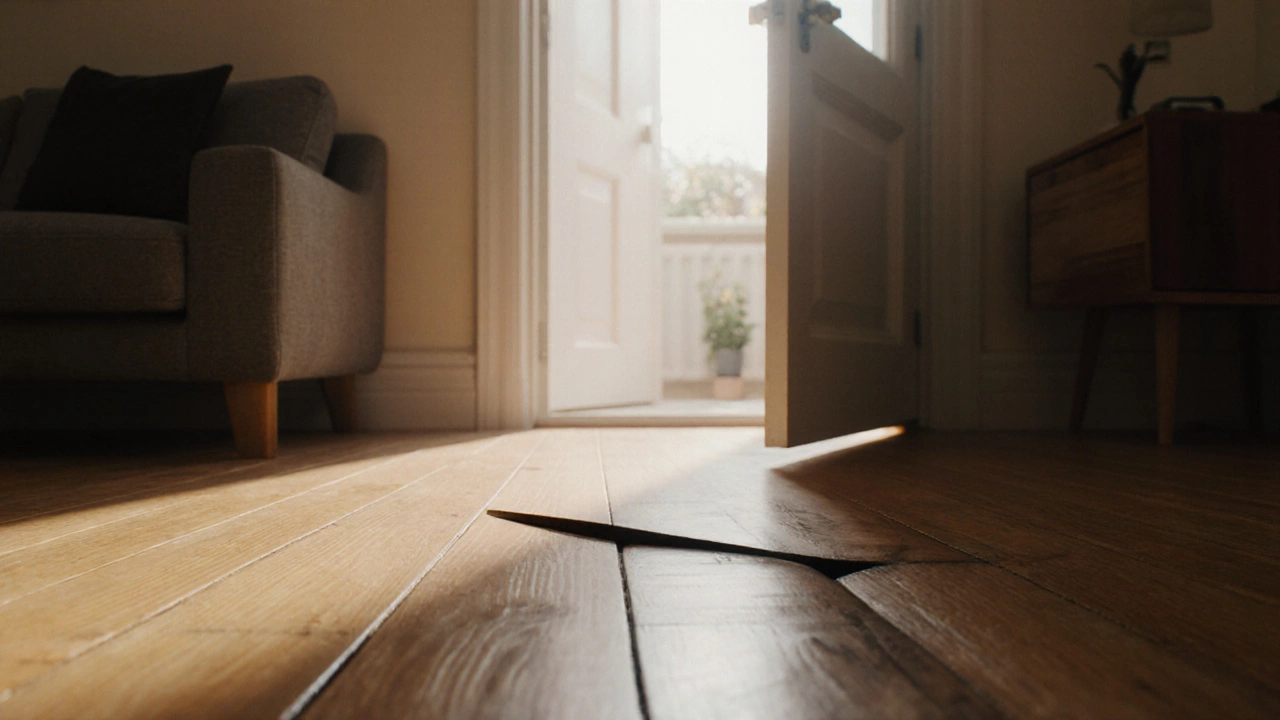Sagging Floors Insurance Explained – Protect Your Home From Settling Floors
When dealing with sagging floors insurance, a specialised form of home insurance that pays for damage caused by floors that have dropped or become uneven due to structural problems. Also known as floor settlement coverage, it helps homeowners manage repair costs and protect property value.
Sagging floors insurance is often tied to the broader house insurance, a policy that covers a range of perils such as fire, theft and water damage. However, many standard house insurance plans exclude floor settlement unless you add a specific endorsement. This makes it crucial to check your policy wording and ask your insurer whether floor movement is covered.
Why Foundation Issues Matter
The root cause of most sagging floors is foundation issues, problems like subsidence, soil movement or poor footings that compromise a building’s base. When the foundation shifts, the floor joists can lose level, leading to cracks, doors that stick and an overall feeling of instability. Insurance providers look at the underlying cause because they need to decide if the damage is a sudden, accidental event or a gradual structural defect.
Understanding the link between foundation issues and sagging floors helps you answer three key questions: Is the damage sudden or progressive? Does the policy define the cause as a covered peril? Can you provide engineering reports that prove the issue stems from a covered event?
Structural damage is the next entity to consider. It refers to any impairment to the load‑bearing elements of a building, including walls, beams and joists. When a floor sags, the structural integrity of the entire property can be at risk. Insurers often require a surveyor or structural engineer’s assessment to verify the extent of structural damage before approving a claim.
Another layer of protection comes from a building warranty, a contract that covers defects in newly built homes for a set period, typically ten years. While warranties focus on new builds, they sometimes extend to major structural repairs, including floor settlement, if the issue arises from construction defects rather than ground movement.
To see how these entities interact, think of the following semantic triples: Sagging floors insurance encompasses coverage for structural damage; House insurance often excludes floor settlement unless an endorsement is added; Foundation issues influence the eligibility of a claim. These connections shape what you can claim and how you must document the problem.
Here’s a quick EAV snapshot for the main entities:
- Entity: Sagging floors insurance – Attributes: coverage scope, claim trigger, premium cost – Values: covers repair of joists, triggers on sudden settlement, costs 0.2‑0.5% of home value.
- Entity: House insurance – Attributes: policy limits, exclusions, endorsements – Values: typical limit £500,000, excludes floor settlement, optional floor‑settlement rider.
- Entity: Foundation issues – Attributes: cause type, assessable risk, remediation methods – Values: subsidence, soil shrinkage, underpinning or jet‑grouting.
When you’re ready to protect your home, start by reviewing your current house insurance policy. Look for any mention of “settlement,” “structural movement,” or “floor level.” If the wording is vague, request a clarification in writing. Next, arrange a professional survey to pinpoint any foundation issues. A solid report gives you leverage when negotiating an endorsement or filing a claim.
Finally, keep records of all repairs, engineer reports and communications with your insurer. These documents form the backbone of any successful claim and can also help you qualify for a building warranty extension if you’re still within the construction defect period.
Below you’ll find a curated collection of articles that dive deeper into each of these topics – from how to spot early signs of a sagging floor to the fine print of insurance policies that cover structural damage. Browse the list to get actionable insights, real‑world examples and step‑by‑step guides that will empower you to handle sagging floors with confidence.

